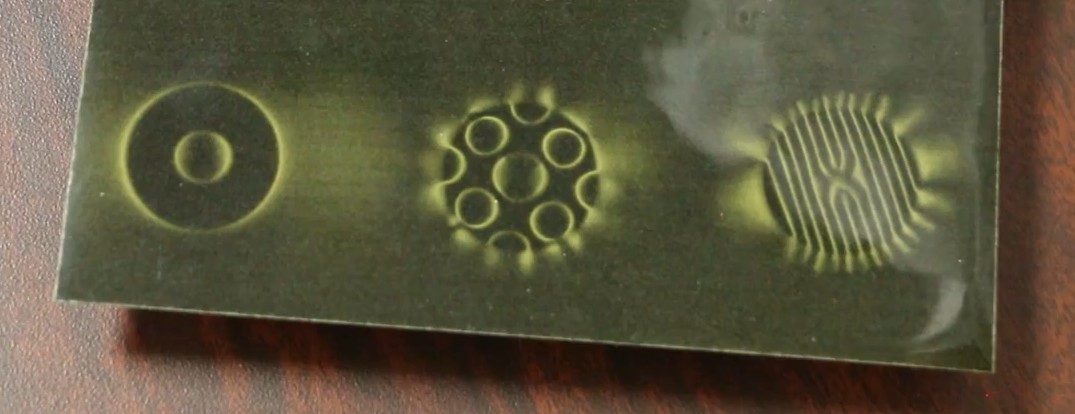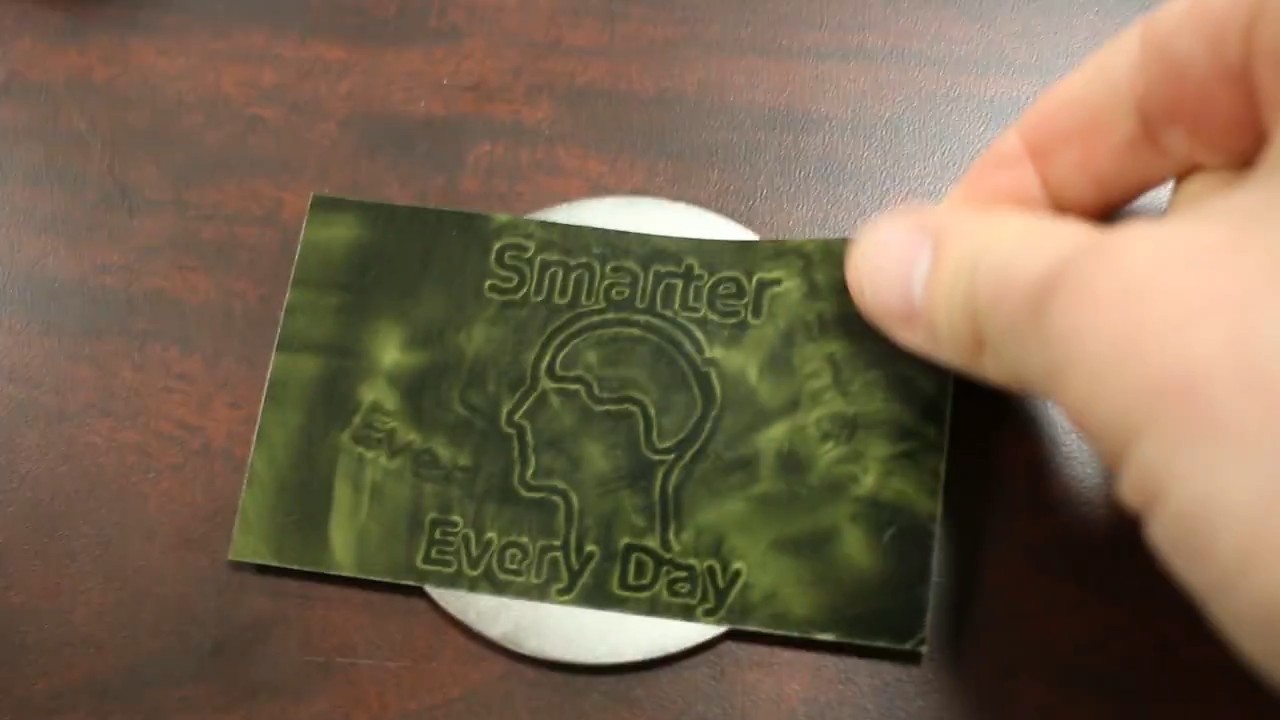The amazing properties of programmable polymagnets

The magnetic field of a conventional magnet (left) and two polymagnets. The
American company Polymagnet has been producing magnets with an arbitrary form of magnetized material - polymagnets for several years . They are fundamentally different from ordinary magnets and have various properties that are set before printing. For example, such magnets can automatically align relative to each other or keep a predetermined distance from each other (in millimeters), repelling while shortening this distance (analogue of a latch) or, conversely, moving closer when exceeding the distance, but not touching each other (analogue of a spring) , see the demo under the cut.
The main thing is that you set arbitrary properties in the program editor, and then print the desired magnet in a few minutes. The properties of the magnet are selected from the catalog of pre-programmed polymagnets or are set arbitrarily.
Polymagnets are about 5 times more powerful than ordinary magnets, because they have field energy concentrated near the surface. The south and north poles in arbitrary quantities can be on one side of the polymagnet.
Auto leveling
Snap magnet
Spring magnet
The spring magnet can be programmed so that, for example, the magnets come close to each other, but do not touch until one of them rotates 180º. After snapping in, the magnets are difficult to tear apart from each other unless you again turn one of them through 180º. This design can be used, for example, in magnetic locks.
Two parts of a magnetic lock A

magnetized layer is applied to metal using a powerful magnetizing coil of a special printer like MagPrinter . It is somewhat reminiscent of a 3D printer, it only “prints” not with plastic or metal, but with a magnetic field. But here, too, an arbitrary form is set in a computer editor.

The unusual properties of polymagnets are demonstrated by Polymagnet engineers in Smarter Every Day.
One can imagine different fields of application of polymagnets: locks and latches in doors and furniture, precisely positioned gadgets and other electronics connected to each other, magnetic couplings, fasteners in automobile transport and bicycles, fasteners of shelves and other furniture elements to each other (instead of screws), a variety of toys, designers and much more.
